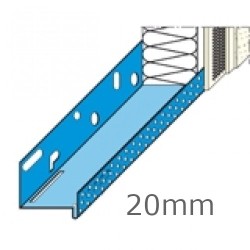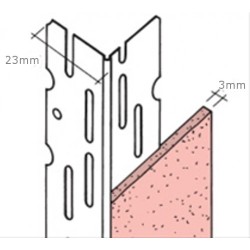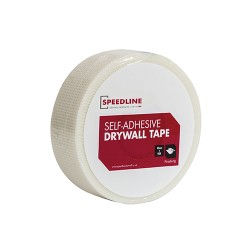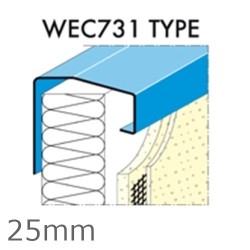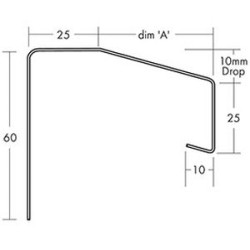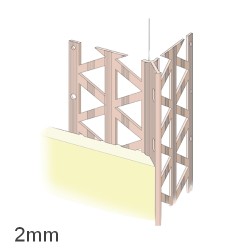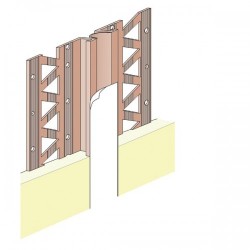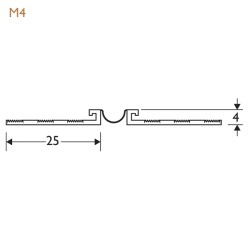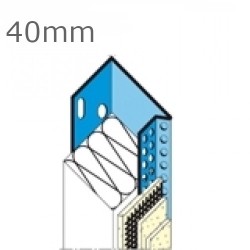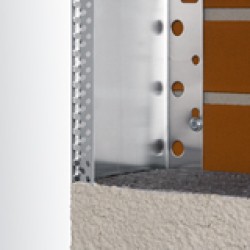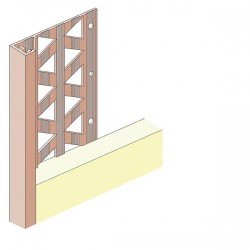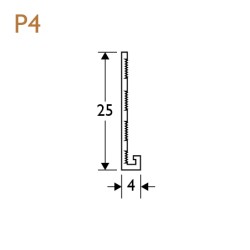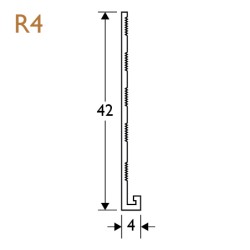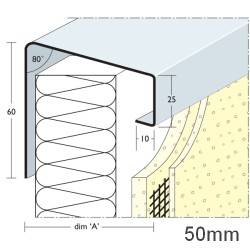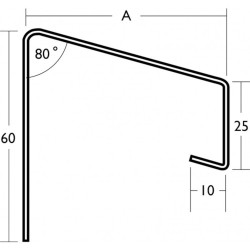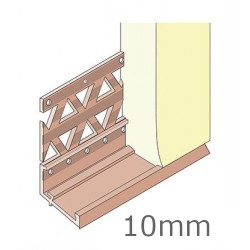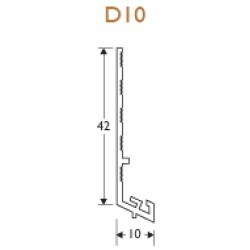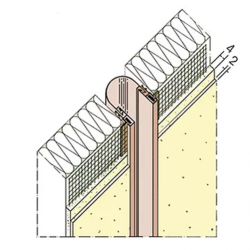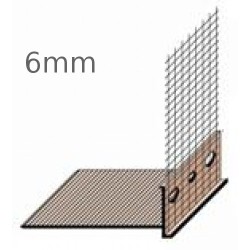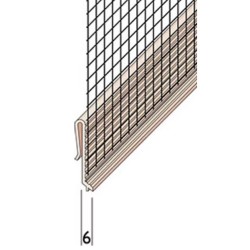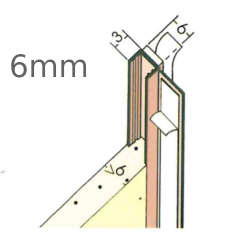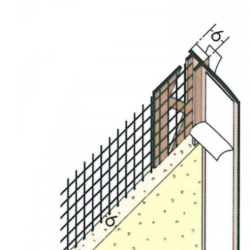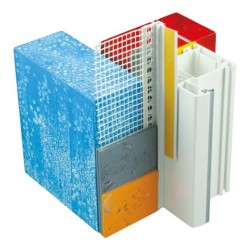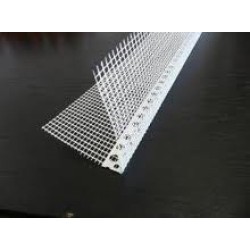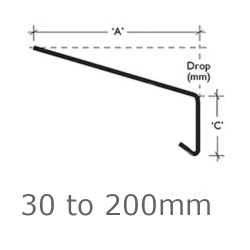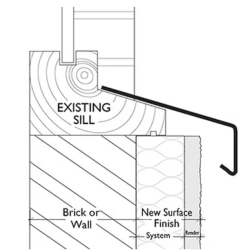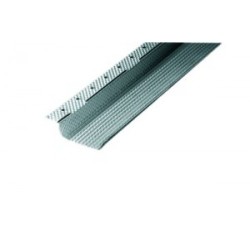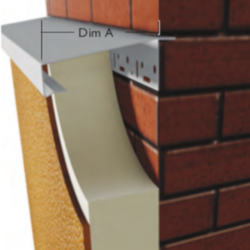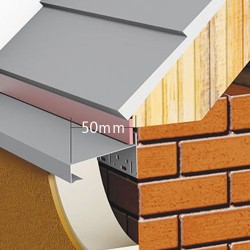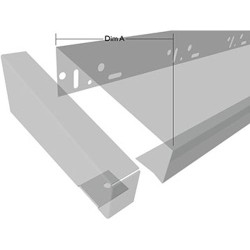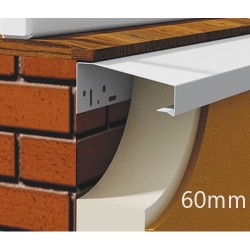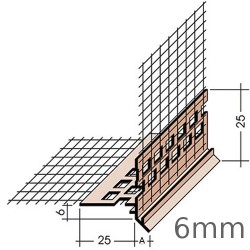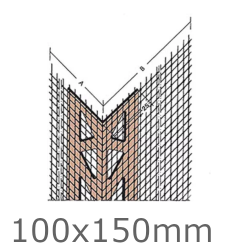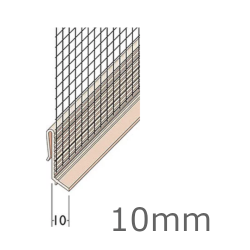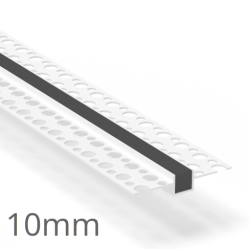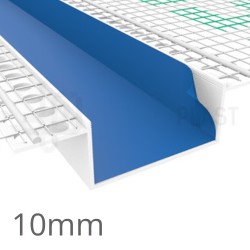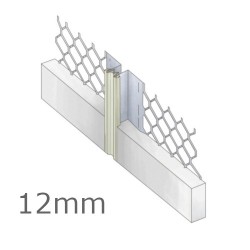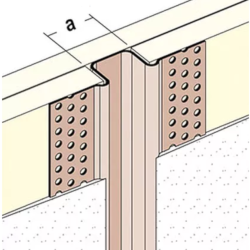Profiles and Beads - External Rendering

The starter track is attached just above the DPC layer. DPC layer is a barrier that prevents capillary action of water, and hence stops rising damp. The external wall insulation needs to be installed above it, so it doesn't bridge the DPC and encourage water to be pulled up the wall. The starter track also protects the bottom surface of the insulation against weather, damp and other damage.
Stop beads are designed for function and speed on all external and internal rendering and plastering applications. They provide a stop to the render at window and door frames and at changes to the facade to produce a straight finish and protection against impact. They are also used for internal plastering applications. They are easily cut to length with tin snips or a fine toothed hacksaw.
Corner beads are for use on all rendered and plastered corners and reveals to produce a straight edge and provide protection against impact. They are made of either uPVC or metal. There are corner beads that come with mesh attached to it for easier plastering. They are used on internal and external plastering applications.
Bellcast beads and drip beads are designed to provide a stop to the render just above the damp proof course and above reveals to produce a straight edge and to provide protection against impact and deflect rain water. Sometimes used as an architectural feature to provide a shadow. They are easily cut to length with tin snips or a fine toothed hacksaw.
Movement joint beads and expansion joint beads are designed to prevent cracking to render through thermal expansion and compression. Must be used over a structural movement joint once settling is complete. These joints can also be used horizontally to disguise a break in the application of render and provide a detail with a shadow. It can also be used internally if required.


































































































































